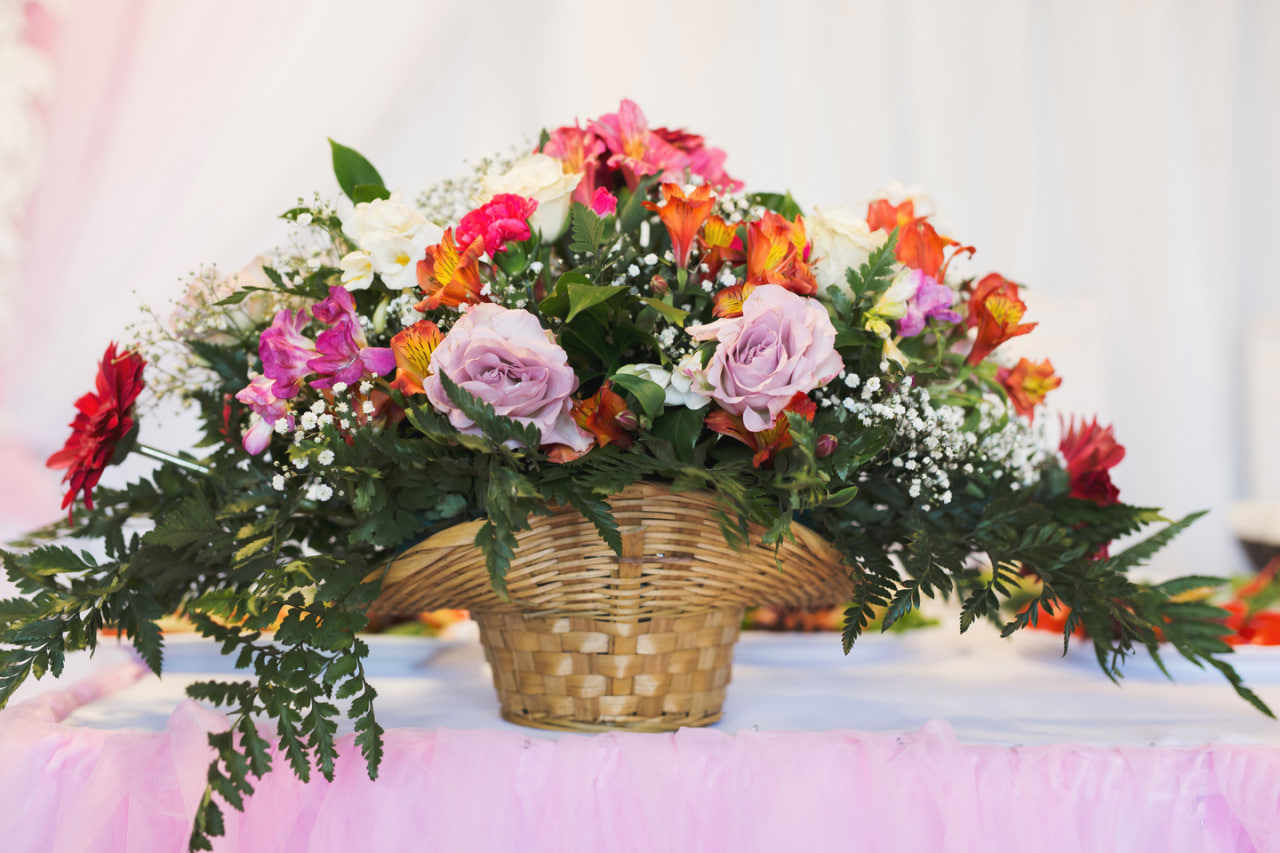The Language of Flowers: Symbolism Behind Popular Blooms
Flowers have always carried meanings that go beyond their beauty. Across cultures and centuries, they have been used to express emotions, deliver hidden messages, and celebrate life’s most important moments. This practice, often referred to as the language of flowers or floriography, assigns symbolism to specific blooms, allowing arrangements to tell stories without words. Understanding these meanings can help you create designs that are not only visually stunning but also emotionally resonant.
Roses: Love and Passion
Roses are perhaps the most symbolic of all flowers. Red roses are universally recognized as a symbol of love, passion, and romance. White roses represent purity and innocence, making them common in weddings. Yellow roses signify friendship and joy, while pink roses convey admiration and gratitude. The number of roses in a bouquet can also hold meaning, with a dozen often symbolizing completeness or devotion.
Lilies: Purity and Renewal
Lilies are elegant flowers associated with purity, renewal, and transformation. White lilies often symbolize virtue and innocence, while orange lilies can represent confidence and passion. In many cultures, lilies are linked with spiritual rebirth, making them a common choice for ceremonies and memorials. Their striking beauty ensures they bring both meaning and sophistication to arrangements.
Tulips: Perfect Love
Tulips carry a timeless symbolism of perfect love. Red tulips are declarations of deep passion, while purple tulips represent royalty and admiration. Yellow tulips once symbolized unrequited love but today are more commonly associated with cheerfulness and joy. Because tulips bloom in spring, they also embody renewal and the promise of new beginnings.
Chrysanthemums: Longevity and Loyalty
Chrysanthemums are highly valued in many parts of the world. In Asia, they are associated with longevity, happiness, and loyalty, often used in festivals and celebrations. In some European traditions, however, they are connected with remembrance and are often used in memorial arrangements. Their wide range of colors allows for different meanings, from red for love to white for truth.
Orchids: Beauty and Strength
Orchids are admired for their exotic beauty and elegance. They symbolize strength, luxury, and refinement. In some traditions, orchids represent fertility and abundance. Their delicate yet resilient nature makes them a popular choice for modern arrangements that emphasize sophistication and grace.
Daisies: Innocence and New Beginnings
Daisies are simple yet meaningful flowers that symbolize innocence, purity, and new beginnings. They are often associated with childhood and simplicity, making them a cheerful choice for casual or celebratory arrangements. Gerbera daisies, in particular, add bright colors and convey joy and positivity.
Peonies: Prosperity and Romance
Peonies are lush, full blooms that symbolize prosperity, honor, and romance. They are often featured in weddings due to their association with happy marriages and good fortune. In Chinese culture, the peony is considered the “king of flowers” and is a symbol of wealth and elegance. Their beauty makes them a timeless favorite for both traditional and modern designs.
Sunflowers: Happiness and Vitality
Sunflowers are instantly recognizable and symbolize warmth, happiness, and vitality. Their bold, bright appearance evokes the energy of the sun, making them a perfect flower for conveying positivity and strength. Sunflowers are also associated with loyalty, as they naturally turn to face the sun.

